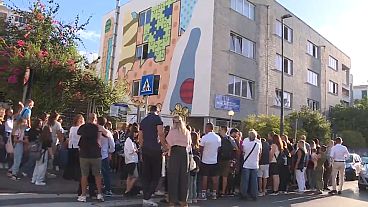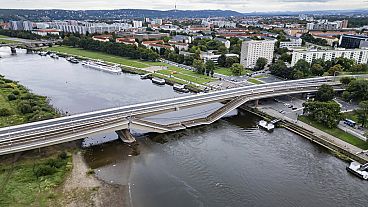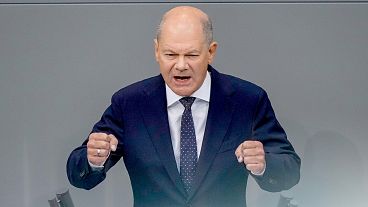Gross domestic product (GDP) growth in the Netherlands also rebounded in the second quarter of the year, as the economy recovers from the slowdown seen in 2023.
The Netherlands’ unemployment rate figure for July was released on Thursday, coming in at 3.6%, the same as the last two months, according to Statistics Netherlands (the Centraal Bureau voor de Statistiek)
The number of people without jobs came up to 370,000, while the number of people employed dropped to 9.803m, which was a decrease of 13,000.
The labour force participation rate inched down from 76.1% in June, to 76% in July. Approximately 164,000 people were receiving unemployment benefits in July.
The Dutch labour market has seen increased tightness in the past few months, mainly because of a variety of structural and cyclical factors, leading to more calls for the government to implement better labour market laws. These include helping to smoothly transition between different types of employment, and developing market flexibility.
The Netherlands also released preliminary estimates for its quarter-on-quarter gross domestic product (GDP) growth rate for the second quarter of the year on Wednesday. The country saw a growth of 1% during this period, as compared to a contraction of -0.3% in the previous quarter, according to Statistics Netherlands.
This was the highest GDP growth since Q2 2022, and was mainly due to robust net trade. Goods and services’ exports also rose 1.3%, whereas imports increased at a softer rate of 0.4%.
Furthermore, government spending rose 1%, primarily driven by more health care, asylum seeker reception and public administration expenses. Fixed asset investments also inched up 0.4%, with marked rises in machinery, transport and housing investments.
However, household consumption fell 1%, mainly suppressed by less spending on luxury goods, food, hospitality and energy.
On a year-on-year basis, GDP grew 0.8% in the second quarter of the year, rebounding from a -0.6% contraction in the previous quarter.
Netherlands to see boost in economic activity in 2024
Although the Netherlands, like most parts of Europe saw a slower 2023 because of higher inflation and lower disposable incomes, the country is now expected to see increased growth this year, according to the European Commission (EC).
The European Commission said on its website, “The Dutch economy slowed down markedly in 2023, with GDP growth reaching just 0.1%. High inflation rates eroded households’ disposable incomes, affecting private consumption spending. At the same time, a slowdown in economic activity in the Netherlands’ main trading partners resulted in a decrease in export volumes.
“In 2024, a recovery in real wages is set to support private consumption. Growth is also expected to benefit from an increase in public investment related to the green transition and defence, amongst others. However, business investment is projected to remain weak due to persisting labour shortages and tight financial conditions.”















